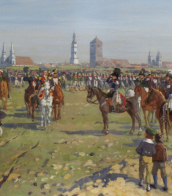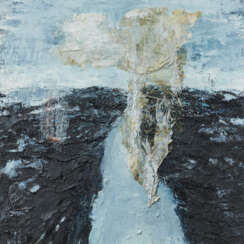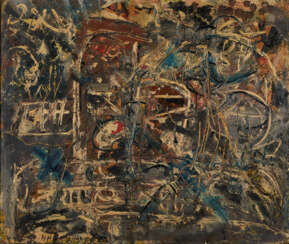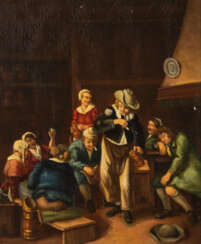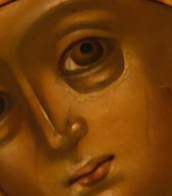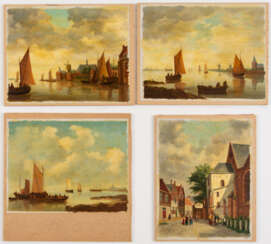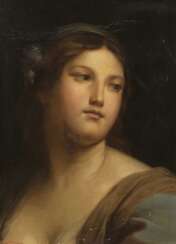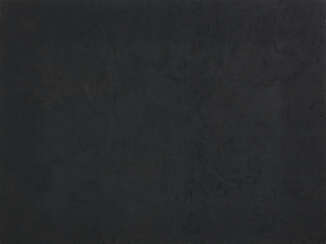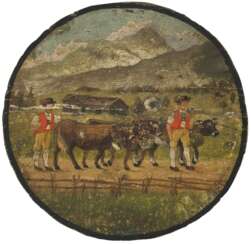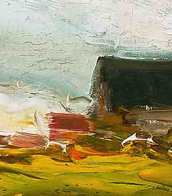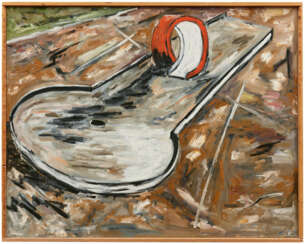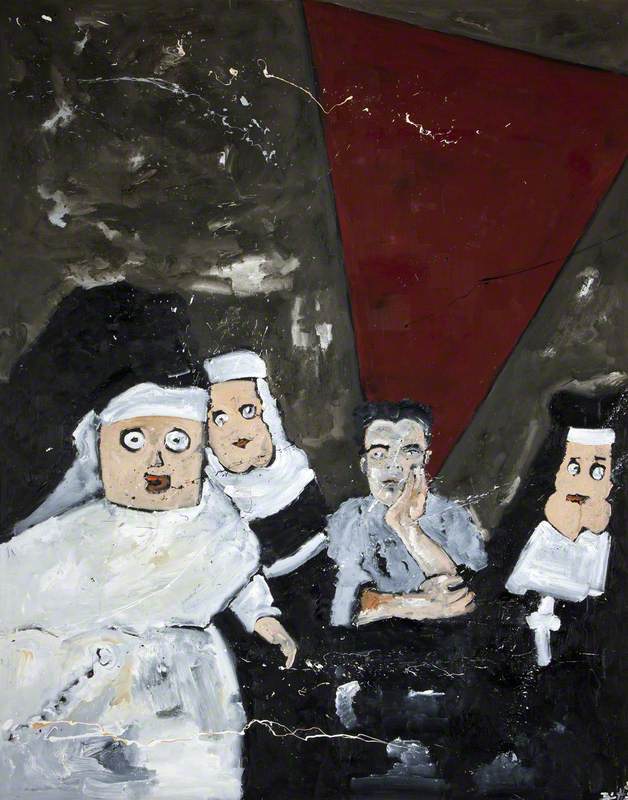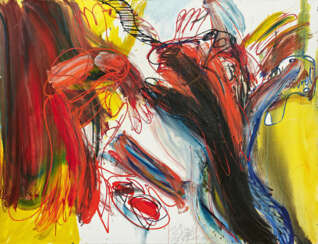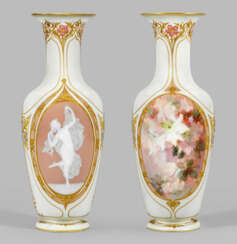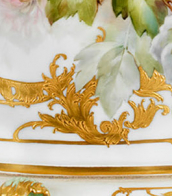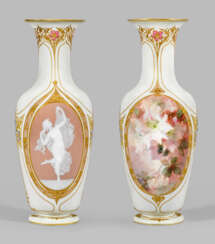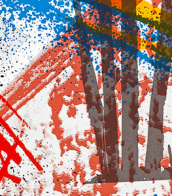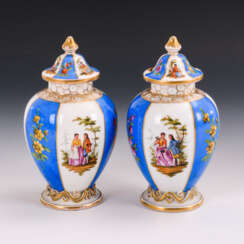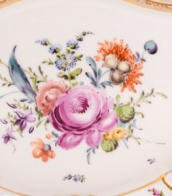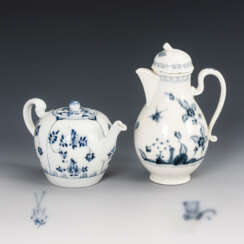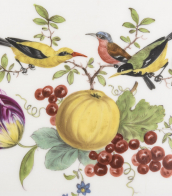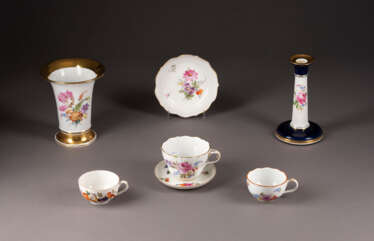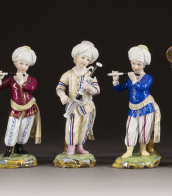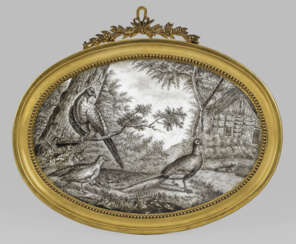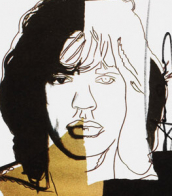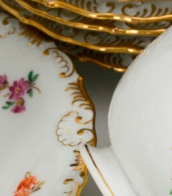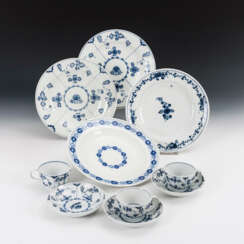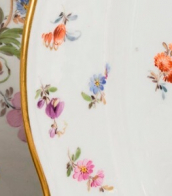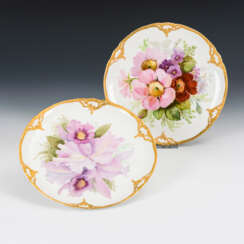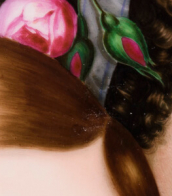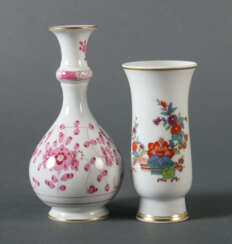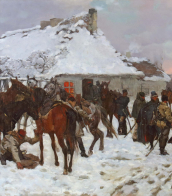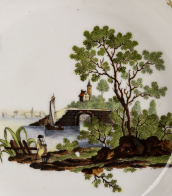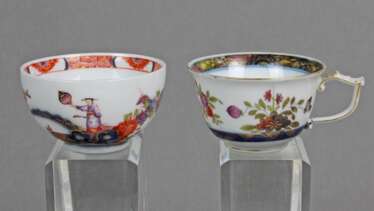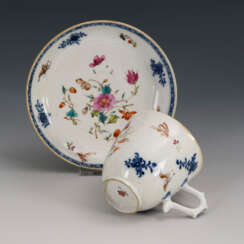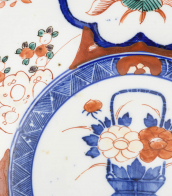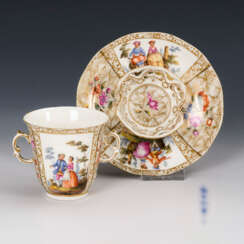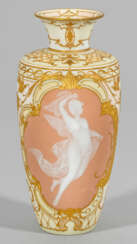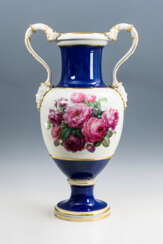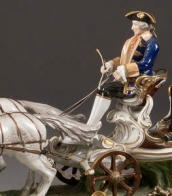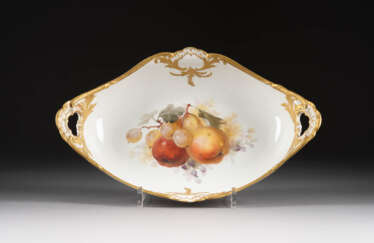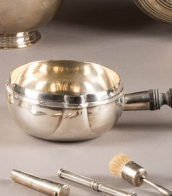malerei
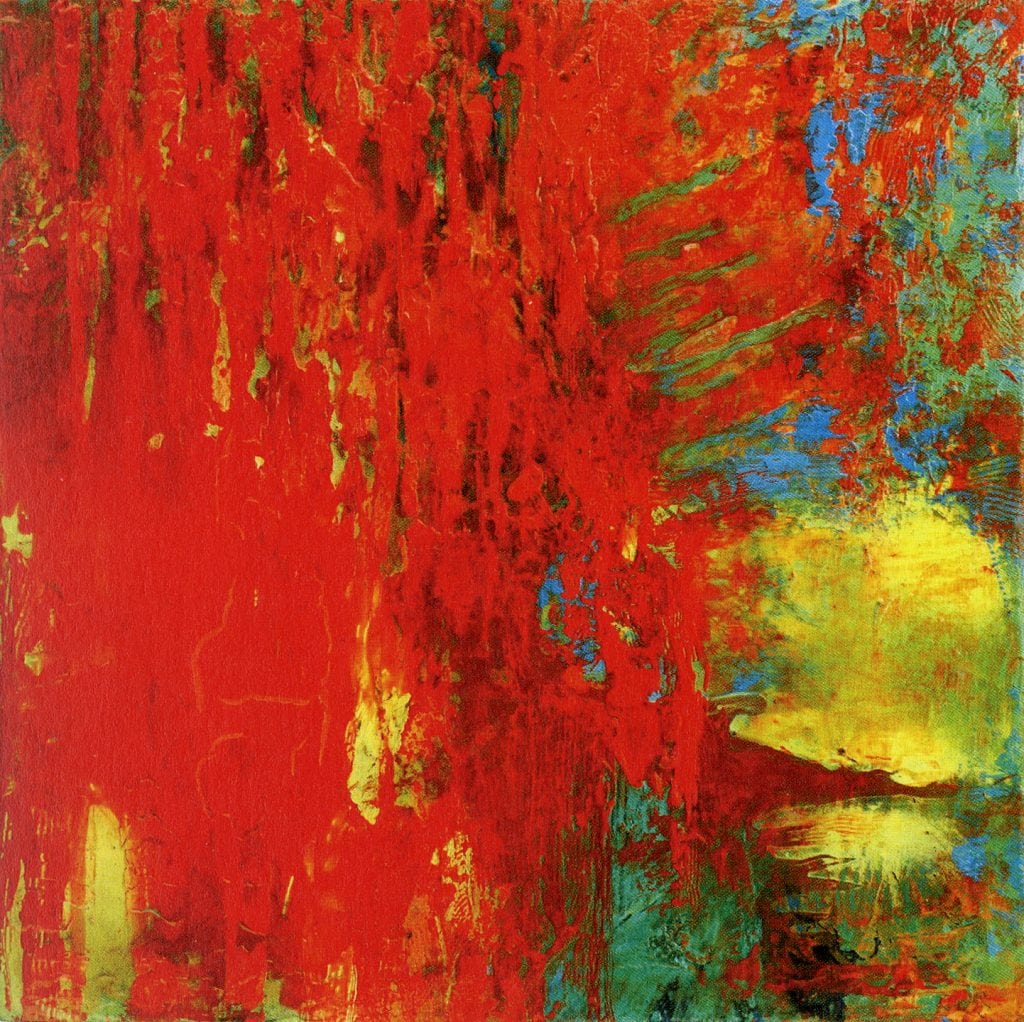
Kim Yusob is a South Korean artist who lives and works in Berlin, Germany and Seoul, South Korea. After graduating from the Department of Fine Art at Chosun University, Gwangju, in 1983 Kim Yusob moved to Berlin. There he studied both at the Kunsthochschule Weissensee in East Berlin and at the Western Universität der Künste (University of the Arts). 1995 he became Meisterschüler (Master Disciple) of Wolfgang Petrick. Since 1996 Kim has been teaching at Chosun University, where he completed Graduate School in 2001. From 2007 on he has been teaching at the Universität der Künste (University of the Arts). In 2014 he became Professor of Painting at Chosun University. Within his oeuvre Kim Yusob aims at providing new impulses for abstract expressionism. His process of painting unites religious, philosophical and Anthroposophical aspects. Due to Kim’s background it is also rooted in Daoism and the I Ching. Furthermore, Kim obtains a typical effect by applying special technique of decelerating the colours’ drying.
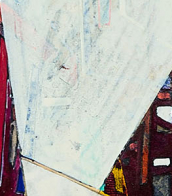
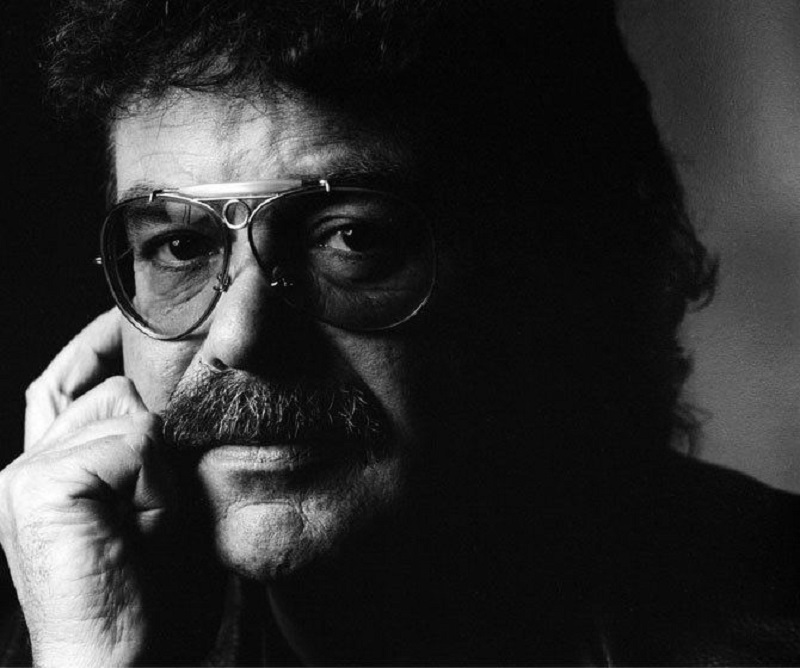
Hans-Peter Zimmer was a German painter and sculptor. He was born in Berlin and studied at the Academy of Fine Arts, Munich.
He formed Gruppe SPUR in 1957 with the painters Heimrad Prem, Helmut Sturm and the sculptor Lothar Fischer. After a joint exhibition at the Pavillon im Alten Botanischen Garten in Munich, they met the Danish artist and philosopher Asger Jorn, who linked them up with the Galerie Van de Loo which exhibited them.
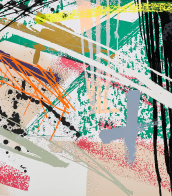
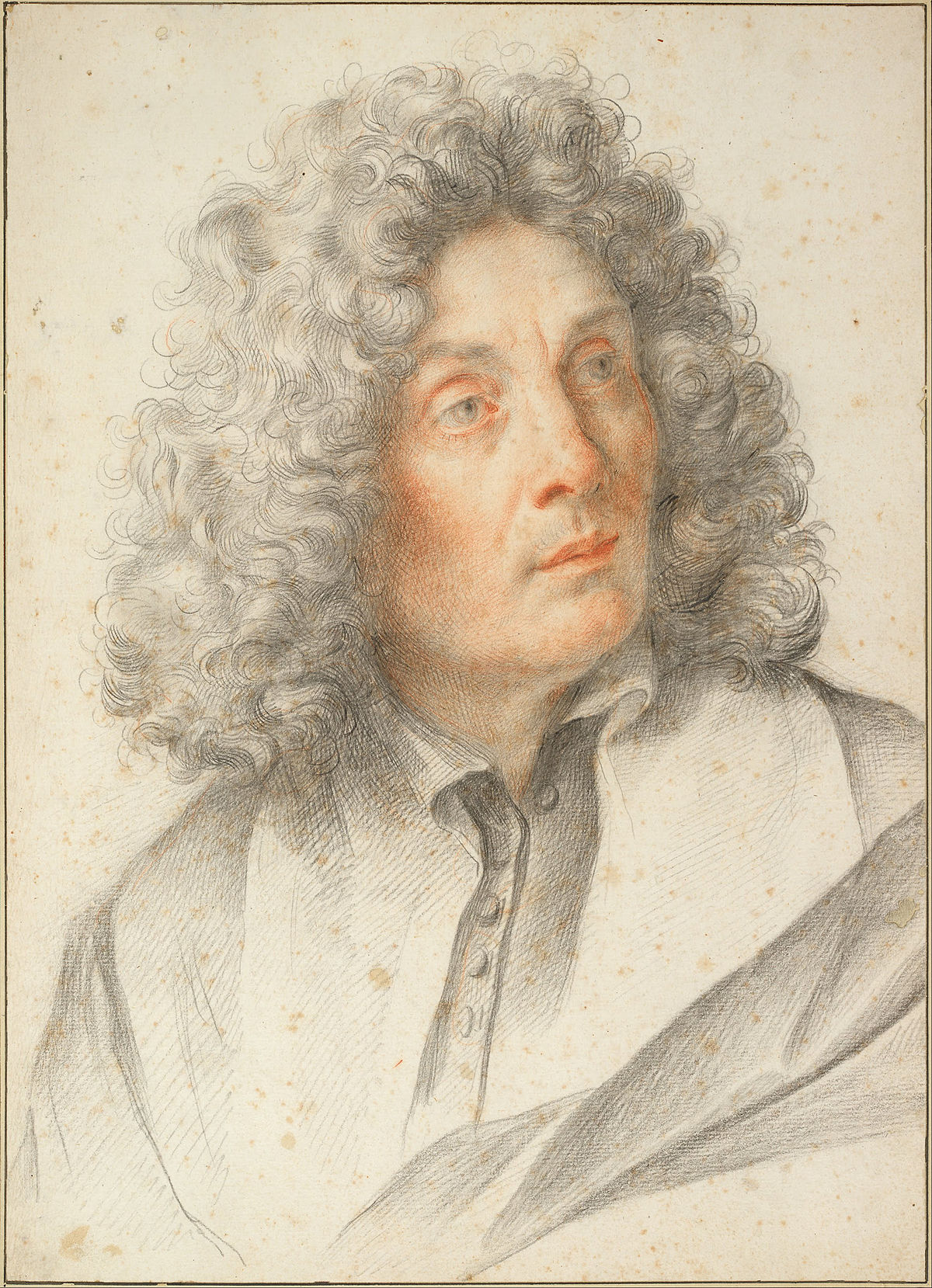
Carlo Maratta, an Italian painter, was a prominent figure in the Roman school of art during the late 17th century. Known for his classical approach to Baroque painting, Carlo Maratta's works were deeply influenced by the styles of Raphael and Andrea Sacchi, blending classical grandeur with Baroque expressivity. His training under Sacchi and subsequent exposure to Pietro da Cortona's coloristic style significantly shaped his artistic development.
Carlo Maratta's career flourished with a series of public and official commissions, making him a leading painter in Rome, especially after Bernini's death in 1682. His portfolio includes religious paintings, altarpieces, portraits, and fresco cycles, with a notable emphasis on paintings of the Madonna and Child, which reinterpreted High Renaissance motifs. His work was highly esteemed across Europe, influencing not only Italian art but also attracting the attention of English visitors on the Grand Tour.
One of Carlo Maratta's significant contributions to the art world was his involvement in painting restoration towards the end of his career, including works by Raphael and Carracci. This phase underscored his deep connection to the classical art tradition. Maratta passed away in Rome in 1713, leaving behind a legacy that continued to be celebrated in art history.
For art enthusiasts, collectors, and experts, Carlo Maratta's work offers a window into the transition between the Baroque and the emerging Rococo style, embodying a blend of dynamism and classical restraint. His paintings, many of which remain in situ in Roman churches, offer a testament to his enduring influence on Baroque classicism.
To stay updated on exhibitions and insights into Carlo Maratta's works, art aficionados are encouraged to subscribe for updates, ensuring access to the latest research and opportunities to view his celebrated works in museums and galleries around the world.
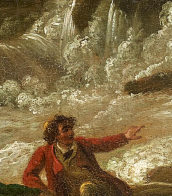

Kim Yusob is a South Korean artist who lives and works in Berlin, Germany and Seoul, South Korea. After graduating from the Department of Fine Art at Chosun University, Gwangju, in 1983 Kim Yusob moved to Berlin. There he studied both at the Kunsthochschule Weissensee in East Berlin and at the Western Universität der Künste (University of the Arts). 1995 he became Meisterschüler (Master Disciple) of Wolfgang Petrick. Since 1996 Kim has been teaching at Chosun University, where he completed Graduate School in 2001. From 2007 on he has been teaching at the Universität der Künste (University of the Arts). In 2014 he became Professor of Painting at Chosun University. Within his oeuvre Kim Yusob aims at providing new impulses for abstract expressionism. His process of painting unites religious, philosophical and Anthroposophical aspects. Due to Kim’s background it is also rooted in Daoism and the I Ching. Furthermore, Kim obtains a typical effect by applying special technique of decelerating the colours’ drying.

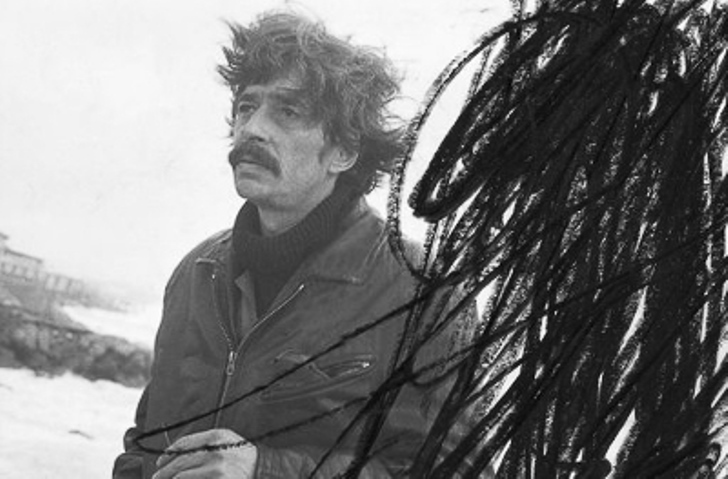
Walter Stöhrer is a German painter and graphic artist, a representative of gesture-figure painting.
He studied painting at the Academy of Arts in Karlsruhe and was a member of the Academy of Arts in Berlin.

